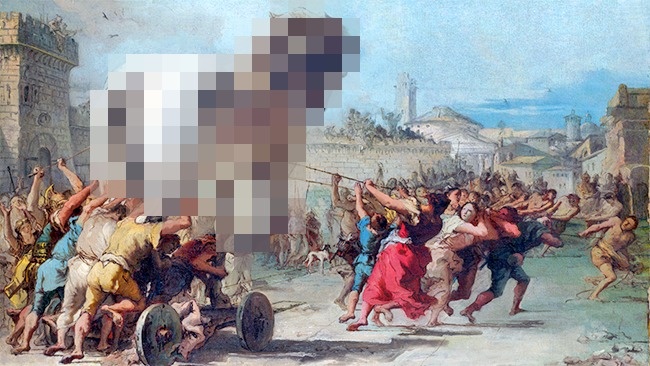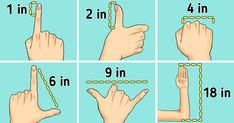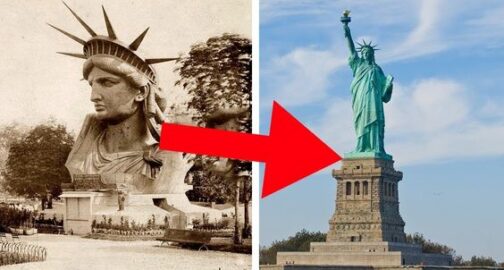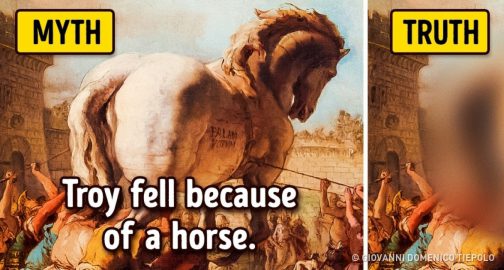
“Good stories deserve a little embellishment,” says good old Gandalf. And although it works well enough for fiction, history doesn’t forgive such things. Incorrect interpretations of events and numerous assumptions turn into school textbook facts over time.
We gathered 7 such well-known history facts we shouldn’t have ever believed.
Shakespeare never wrote a single piece. The author was a different person.

Shakespeare was born and raised in a sheep trade hub where it’s considered he couldn’t have gained sufficient knowledge to write such elaborate descriptions of politics, court intrigues, and other countries’ cultures.
Moreover, there’s no unique signature for the writer. Most of his works are signed differently, and even the last name is written as Shakespeare, Shake-speare, or even Shak-spear.
This theory is often rejected, but it found support from such prominent personalities as Charlie Chaplin, Mark Twain, and Sigmund Freud.
Marie-Antoinette didn’t tell the peasants to eat cake.

Once, French queen Marie-Antoinette allegedly said the following words to her poor subjects: “If they have no bread, let them eat cake!”
However, it was Jean-Jacques Rousseau who first wrote this phrase supposedly said by some monarch. But it was not Marie-Antoinette because she was 9 years old at the time and still living in Austria. Another version has it that she did say those words but without a scornful intent: the law of that time dictated that bakers had to cut prices on expensive bread during a crisis. Perhaps that’s what the queen really meant.
The pyramids weren’t built by slaves.
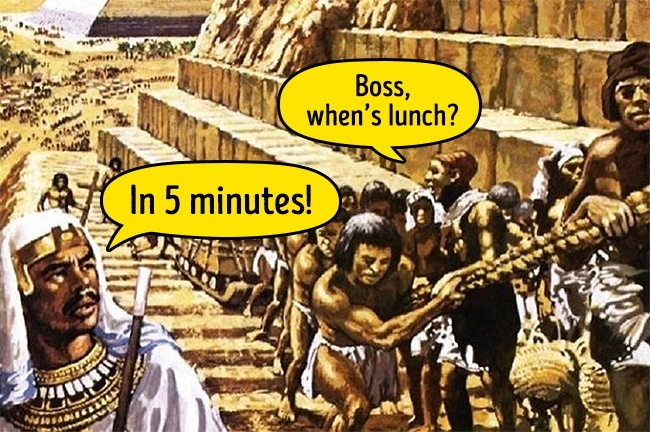
Herodotus was the first to write about slave labor at the construction of the pyramids. Yet the ancient historian lived much later than when they were actually built.
In the early 1990s, archeologists found tombs of people who worked on the pyramids’ construction. They were buried with honors and were very close to the pharaohs themselves. Investigation of their skeletons showed that these people were well fed and worked shifts, so the conclusion was obvious: they were workers, not slaves.
The chastity belt is a lie.
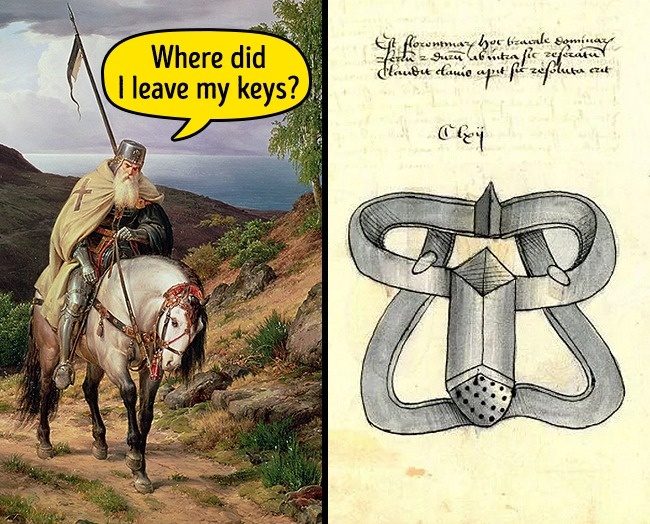
Stories have it that a man going to a holy crusade put a metal girdle on his wife so that she couldn’t cheat on him while he was away, and he took the key with him. However, no woman could’ve taken more than a few days of wearing such an accessory and would’ve eventually died of sepsis.
No trustworthy source of the Middle Ages says anything about such a device, and those belts found in modern times turned out to be fake.
The Sphinx of Giza lost its nose long before Napoleon arrived in Egypt.
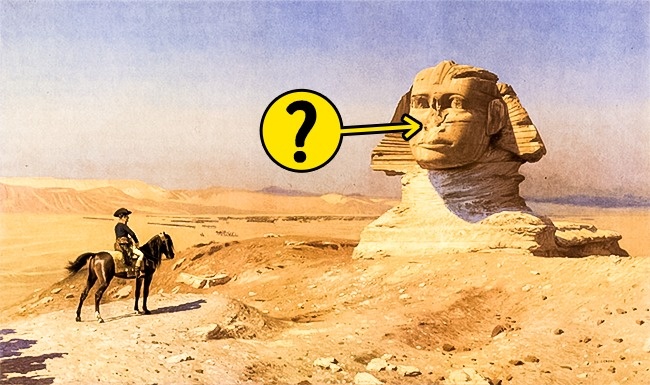
There’s a common misconception that during Napoleon’s campaign in Egypt (1798-1801) he ordered his soldiers to exercise shooting with the Sphinx as a target. That’s how it allegedly lost its nose.
In reality, the Sphinx had already been noseless when Napoleon came to Egypt, proved by an engraving made by some traveler decades before the French campaign. There are also sources saying that the nose was broken by an Arab zealot in the 14th century.
The library of Alexandria was destroyed long before the famous fire.
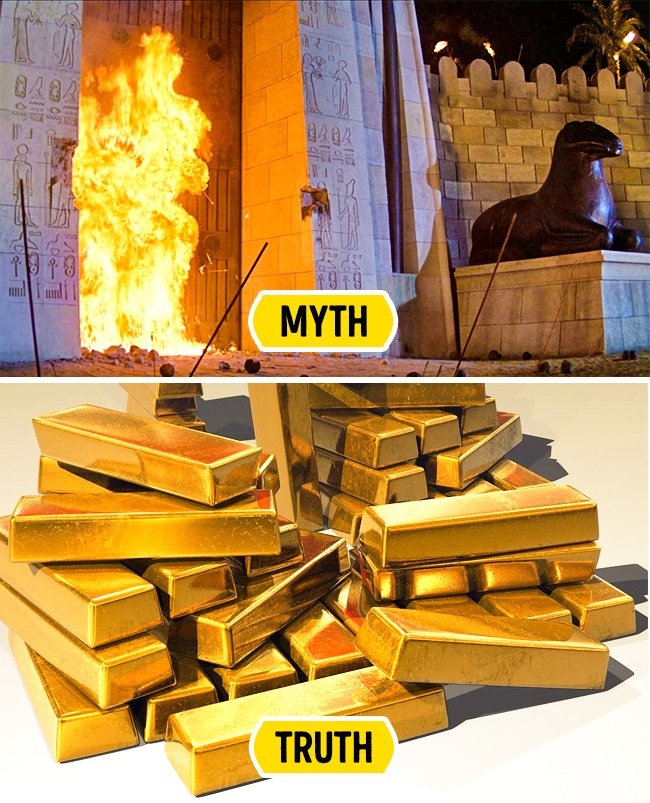
Thousands of scrolls and priceless knowledge — all supposedly burned during Julius Caesar’s attack on Alexandria in Egypt.
What really happened was Caesar had almost nothing to destroy. Long before his arrival, the library was seriously damaged by another enemy and even before that by religious fanatics. And even that’s not the point.
The main reason for the downfall of the Alexandrian library was quite mundane: the state gradually reduced its expenses on library needs. Scholarships were abolished, and foreign scientists were forbidden to visit the building. In the end, the library just got abandoned.
The Trojan Horse didn’t exist.
